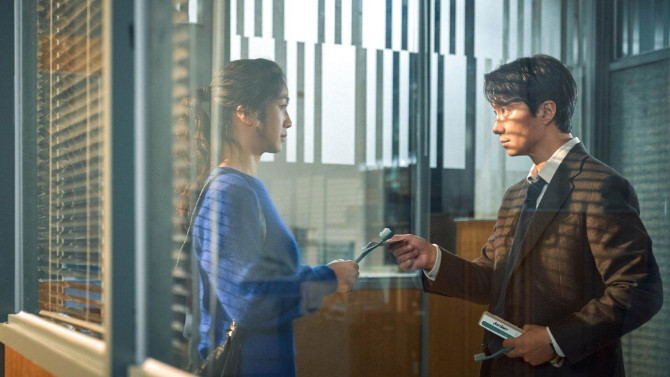
Brave the Elements
Park Chan-wook has never hidden the fact that he is a huge fan of Alfred Hitchcock – frequently highlighting Vertigo as the movie that got him into film making. Like many before him, perhaps most notably Brian De Palma, he has found clever ways to integrate influences from The Master of Suspense within his own work, the easiest comparison being Stoker... a loose remake of Shadow of a Doubt. But his most recent feature, Decision to Leave (2022), which he co-writes and directs, might even be more so – though crafted so subtly that you really need to know your Hitchcockian filmography to see where he is pulling from. Originally getting the idea from the song “Mist” by Jung Hoon Hee and Song Chang-sik, which fuses quite nicely with the above quotation from Confucius, this mystery crime thriller flits between the always mist filled skies of seaside Ipo and the mountainous city of Busan. Though insomniac detective Jang Hae-joon (Park Hae-il) resides in the former with his wife Jeong-ahn (Lee Jung-hyun), he lives six days a week in the latter – a place that he has moved to for his job.
-
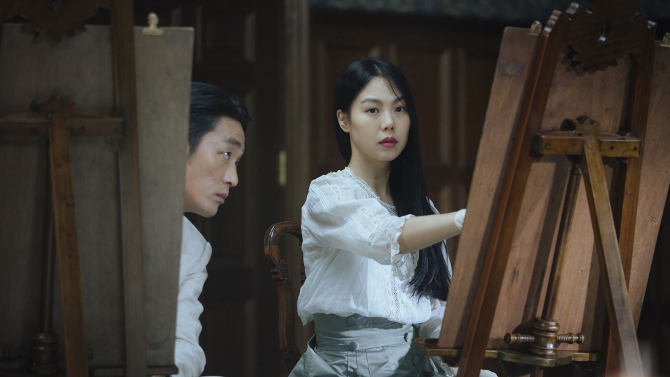
The Handmaiden’s Tale
The HandmaidenMarch 31, 2017Director Chan-wook Park, a visual mastermind who concocted the intoxicating Stoker in 2013 (a loose remake of Alfred Hitchcock’s superb Shadow of a Doubt), his first, and to date, only English language film, follows it by putting his talents into making another striking, intricately plotted psychological mystery/thriller in The Handmaiden. Loosely based upon Sarah Waters’ novel "Fingersmith", the filmmaker moves the tale from Victorian era England to 1930s Korea – which is under Japanese colonial rule. Divided into three parts, he utilizes the technique to great effect, providing us with only part of the story each time. In many ways it’s like being given a puzzle with only the edges to start with, so we think we understand what is going on, as we have been given the outline, but only truly gain a stronger appreciation of its complexity and beauty when provided with the pieces that fill in the whole picture. Park’s unique style slowly divulges the true essence of this film by providing alternate angles, different perspectives, flashbacks and flash forwards (those essential remaining puzzle pieces).
-
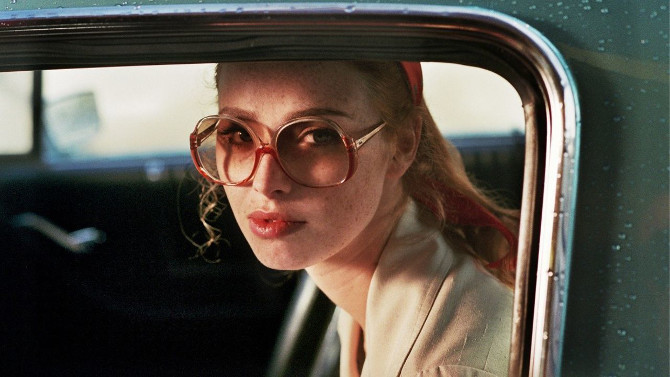
A Trip Down Memory Lane
The Lady in the Car with Glasses and a GunMarch 10, 2017Though The Lady in the Car with Glasses and a Gun provides viewers with a pretty good idea of what the basic plot may be about, it is much more difficult to pin down. The French film, directed by Joann Sfar, is rather divisive, the type of love it or hate motion picture that is rarely made in this day and age. A beautifully visual dreamscape of a film, it pays tribute to surrealist movies of both the silent era as well as the sixties and seventies. Think Belle de Jour and Valerie and her Week of Wonders. It is also somewhat like a neo-noir, as well as an old school mystery thriller, à la Diabolique or Vertigo. Sfar utilizes a bevy of shots, angles, split-screens and other pieces of cinematic trickery to draw us in. It is like watching something made by Brian De Palma, Luis Buñuel and Alfred Hitchcock – clear aspects of each director can been seen, creating a certain visual aesthetic (we may have to throw in a little Guy Ritchie to boot). It bounces around in your head, bringing to mind horror (gothic and Giallo), fantasy, crime, drama, while also having a sort of fetishist vibe – on top of all of the other things mentioned above.
-
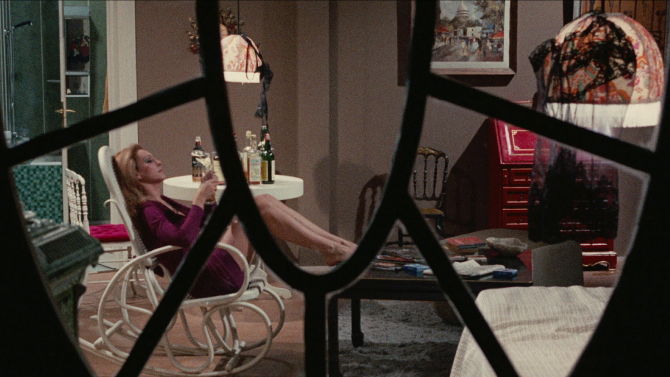
A Red Herring a Day Keeps the Eye Doctor Away
Death Walks on High HeelsMarch 7, 2017Maybe some of you have come across the term Giallo before. A type of Italian thriller that bubbled up in the sixties, it became very popular in ‘The Boot’ at the beginning of the 1970s. Filmmakers and screenwriters fused noirish murder mystery and tense thrills – usually with high doses of violence and more than suggestive nudity to create a crime or horror leaning story that could both scare and titillate its audience. Think of it kind of like when pulp fiction meets slasher film. One example that actually shows ‘some’ restraint in both of the above categories is Luciano Ercoli’s 1971 motion picture, Death Walks on High Heels. With definite connections to Alfred Hitchcock (Vertigo, Psycho) and many other thrillers of the past, as well as bringing to mind the 80's work of Brian De Palma (specifically Dressed to Kill and Body Double), the sordid tale follows a sultry stripper by the name of Nicole Rochard (credited as Susan Scott, a model who used the stage name instead of her original Spanish one, Nieves Navarro).
-
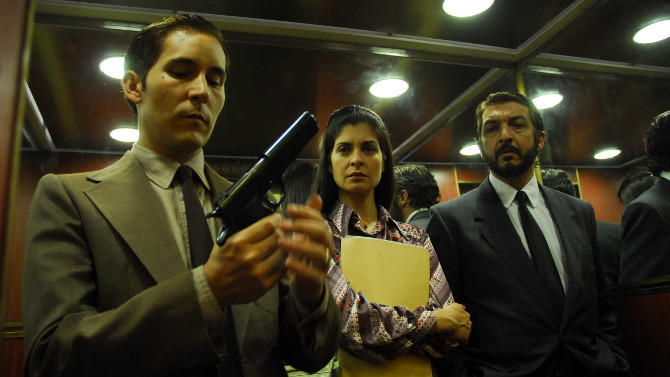
The ‘Eyes’ Have It
The Secret in Their EyesJanuary 17, 2017The saying ‘the eyes are the windows to the soul’ is perhaps no better explored than in the Argentinian Academy Award winning (for Best Foreign Language Film) 2009 motion picture The Secret in Their Eyes. Though the face is often inscrutable, as many put on masks to hide their true feelings from those around them, the eyes truly show the love, hate, lust, passion, pain regret and confusion that lies just below the mysterious facade. Co-written, directed, edited and produced by Juan José Campanella, the story follows retired criminal investigator Benjamín Esposito (Ricardo Darín) as he contemplates the innumerable hours he spent on the Liliana Coloto (Carla Quevedo) murder case (it is his white whale) by way of writing a novel. Struggling with a proper beginning, he visits Judge Irene Menéndez Hastings (Soledad Villamil), who he worked with all those years ago (the murder took place in 1974).
-
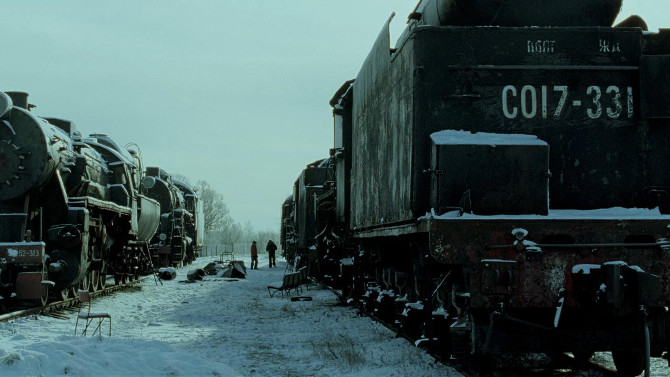
Run Off the Rails
TranssiberianJanuary 6, 2017A perfect film to watch as you hunker down on a cold, blustery winter’s night, 2008's Transsiberian, directed by Brad Anderson (The Machinist) follows a married American couple, Roy (Woody Harrelson) and Jessie (Emily Mortimer), as they take the Trans-Siberian Railway from Beijing, through Siberia, and ending in Moscow. A taut, tense traditional thriller, the couple, despite their recent charitable efforts (helping needy children in China), are having some relationship issues. With opposite pasts, Roy is an excitable, boyish man who has lived a good life, while his wife has been running from her demons, finally finding some semblance of normalcy after meeting him (they were thrown together by way of a serious car accident). At one point, Jessie ominously utters "kill off all my demons, Roy, and my angels might die, too" – a complicated warning for her do-gooder husband.
-
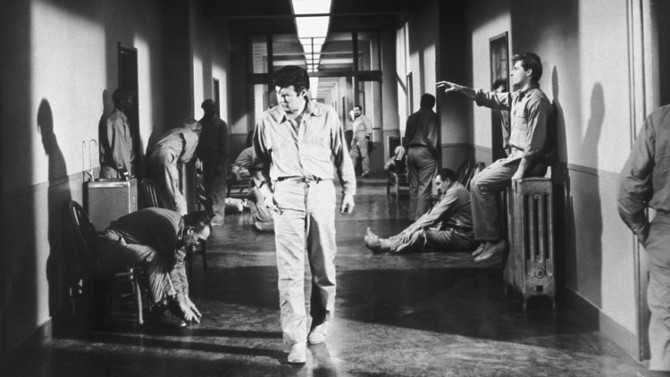
Journalist Takes Shocking Journey
Shock CorridorFebruary 26, 201610 days: that was how long it took to film the 1963 B-movie Shock Corridor. Originally advertized as an exploitation picture (and it does have some of those elements), Samuel Fuller’s film about a journalist who has himself committed to solve a mysterious murder is so much more than its original label.
